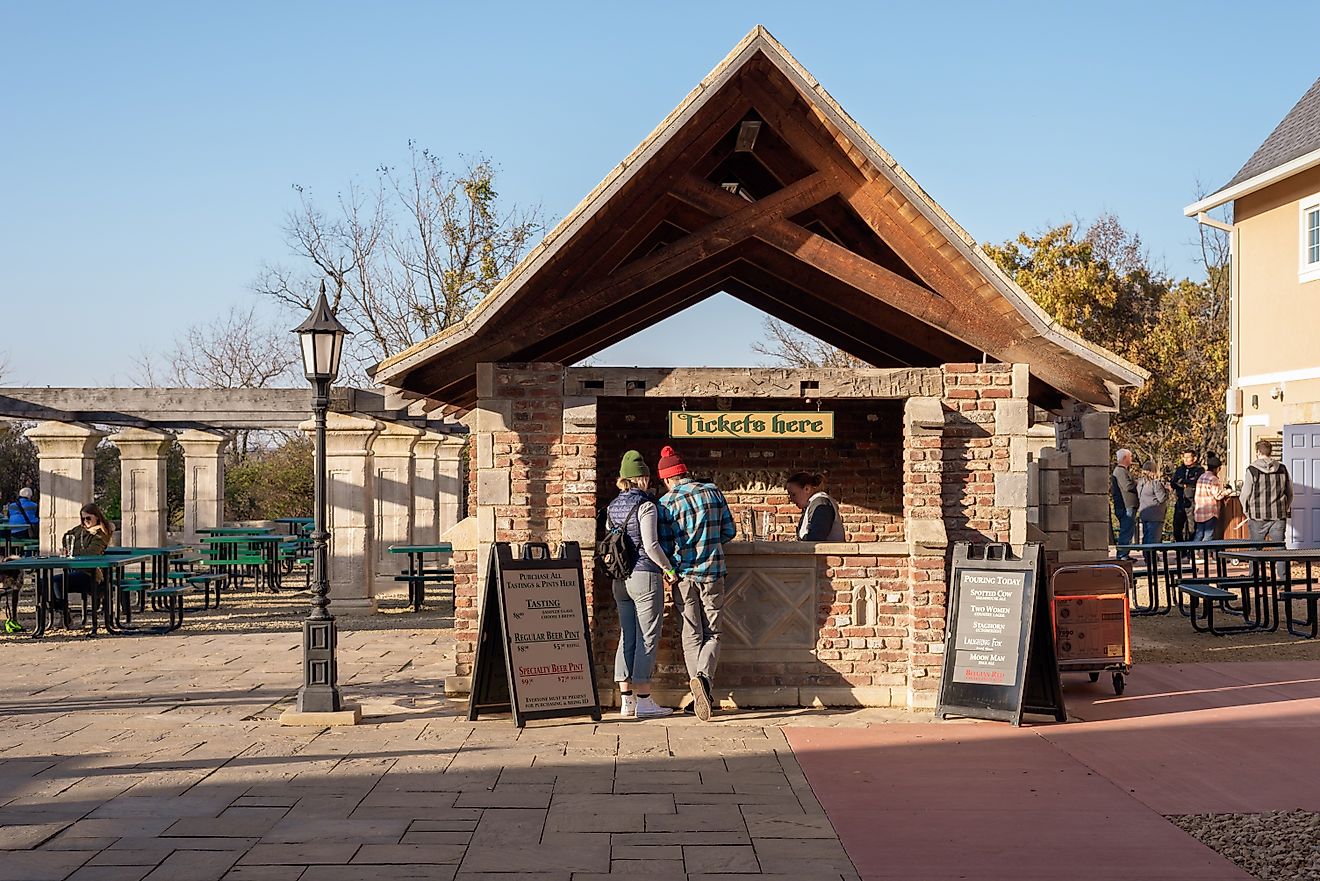
McWay Falls
McWay Falls is an 80-foot waterfall flowing through the Julia Pfeiffer Burns State Park along the coast of Big Sur in Central California, and spilling directly into the Pacific Ocean. It is one of two waterfalls in California that flow directly into the Pacific Ocean all year round.
Discovery And Naming

McWay Falls was discovered in 1874 by Christopher McWay and his son. McWay acquired the big parcel of land in Big Sur and created a ranch, which he later sold to Lathrop Brown in 1924. Brown, a renowned US congressman, owned and managed Saddle Rock Ranch, which encompassed 1,600 acres including land in Julia Pfeiffer Burns State Park and McWay Falls. The Brown family later donated the ranch to the state government of California.
The falls, creek, and canyon were named after Christopher McWay. The McWay's christened the falls after their family name. The falls are located in the state park named after Julia Pfeiffer Burns (1868-1928), a native legendary pioneer and early settler who impressed Helen Brown and her husband, Congressman Lathrop Brown, with her management skills of Saddle Rock Ranch in McWay Canyon.
Formation Of The McWay Falls

McWay falls is formed by the McWay Creek, which is created at the confluence of the North and Middle Fork streams, and has an elevation of 1,270 feet above sea level. The two streams join to form the main stream of the McWay Creek, which then joins with the southern stream flowing through the canyon into Julia Pfeiffer Burns State Park and then crosses under California's Highway 1 through an existing tunnel. Eventually, the creek flows into the Pacific Ocean through McWay Falls, which is located at Waterfall Cove and has an elevation of 80 feet.
Tourist Attractions

The Big Sur area is home to what is perhaps the most stunning coastline in the United States, with splendid mountain ranges surrounded by tropical forests on the roaring waters of the Pacific Ocean. McWay Falls attract tourists from across the globe, as it is the most magnificent hiking route in California. At the end of Big Sur’s unswerving trail there are wooden steps created to allow access to the most panoramic views of the waterfall.
Overlooking the Highway trail are remains of the Waterfall House, which was created in 1956 as a museum to preserve and exhibit indigenous flora and fauna of California's coastline, ethnic Indian vestiges, and historical remains pertaining to Big Sur. By the time the ranch was donated to the state government of California in 1961, the museum was incomplete due to a lack of funds, was later demolished, and an overlook was constructed in its place.

Despite having the most scenic view in Big Sur, the falls can only be viewed from a distance, as the beach is off limits to the public in order to maintain its pristine natural condition. The steep topography surrounding the cove makes the beach inaccessible, but it can be accessed by boat, although it poses the risk of being swept away by high tides. The state government has implemented various measures to preserve the beach, including imposing fines on trespassers.











